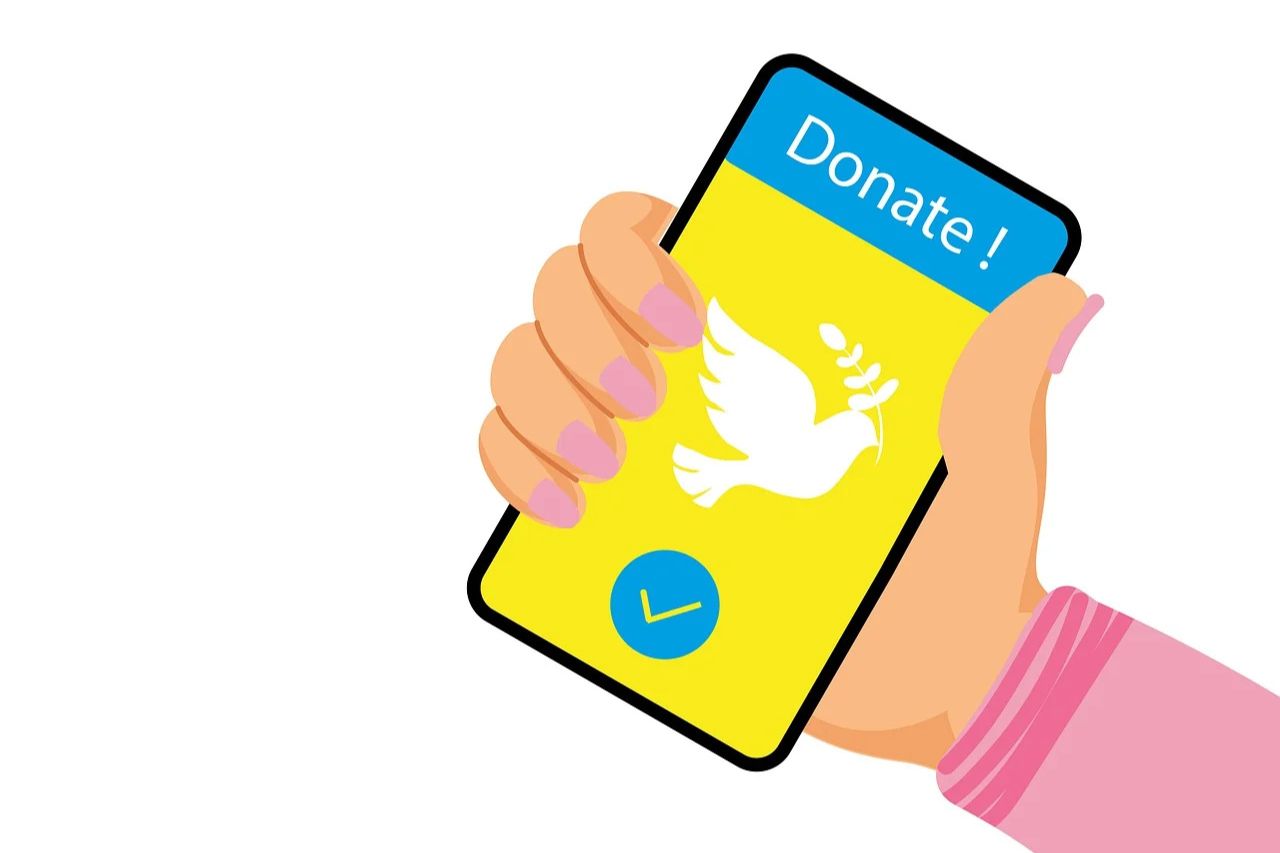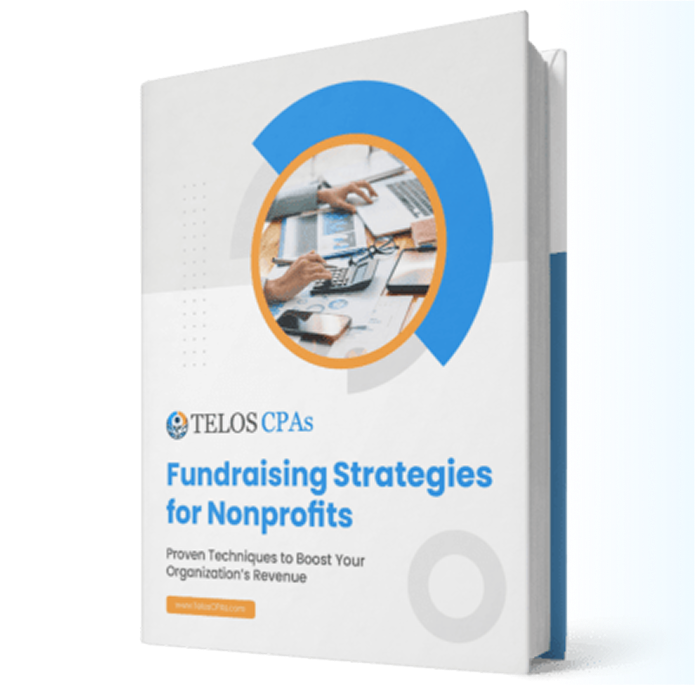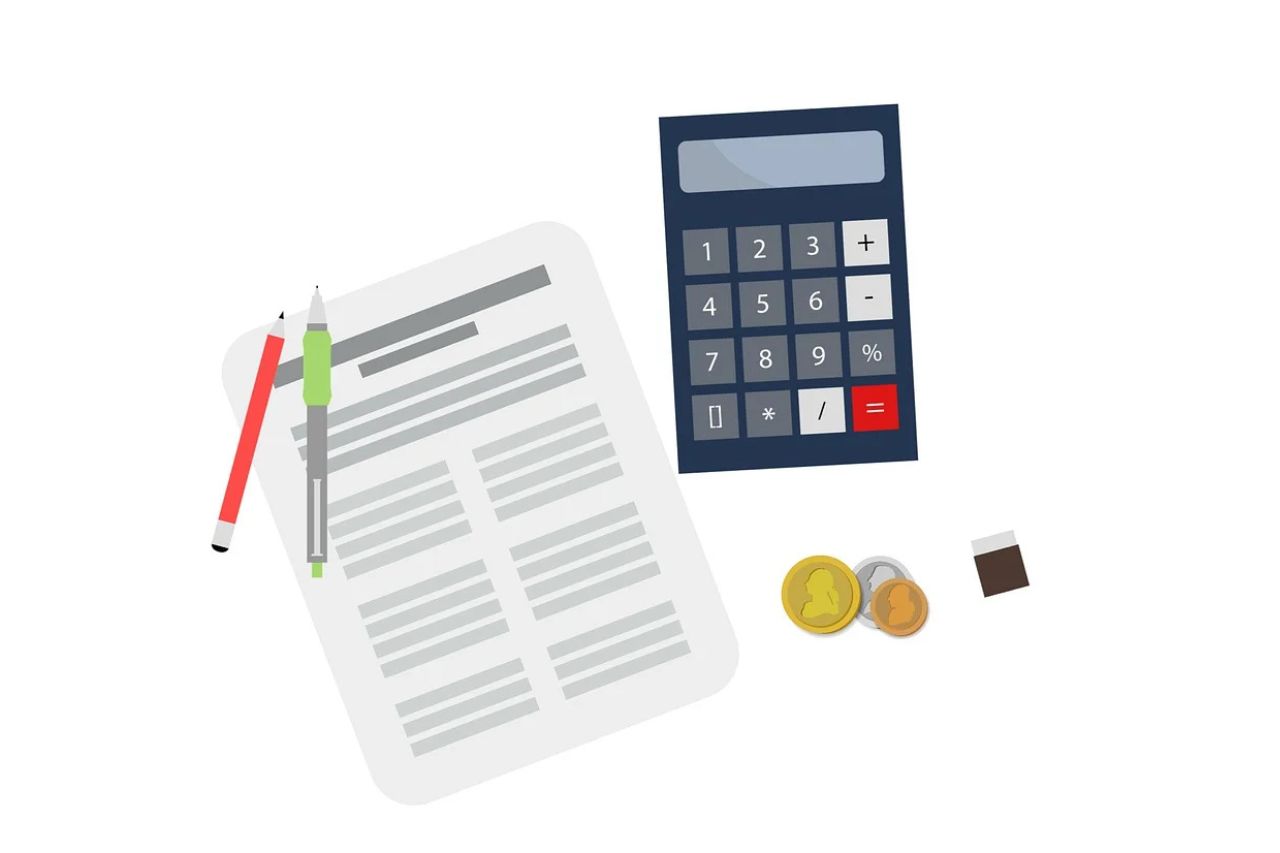Ever thought about how powerful crowdfunding for nonprofits can be? It’s like turning your dreams into reality with the help of your community. Whether you’re funding vet care for rescued animals or upgrading your shelter, crowdfunding can be the rocket fuel that launches your mission into orbit. In this guide, we’ll break down smart, doable strategies to help your crowdfunding campaign not just float—but fly. 🚀
- Understand how crowdfunding actually works for nonprofits.
- Plan a focused, goal-driven campaign from start to finish.
- Turn one-time donors into long-term supporters.
Crowdfunding isn’t just a “Donate” button—it’s a storytelling engine that turns followers into funders and funders into fans.
Understanding Crowdfunding
The Basics
Crowdfunding means collecting small donations from a large number of people, usually online. Think GoFundMe, Kickstarter, or JustGiving. For nonprofits, it’s especially powerful because it turns donors into advocates—people who share your mission far and wide.
Why It Works
- Increased visibility: Crowdfunding campaigns can go viral with the right story and social shares.
- New supporters: You’ll reach folks who might never have heard of your rescue or nonprofit otherwise.
- Cost-effective: No gala dinners or room rentals. Just your laptop, your story, and some great images.
Bonus tip: With help from proper bookkeeping services, you can maximize what you raise by keeping expenses in check.
Planning a Crowdfunding Campaign
Set Clear, SMART Goals
Your crowdfunding goals should be Specific, Measurable, Achievable, Relevant, and Time-bound. Like: “Raise $12,000 in 30 days to fund spay/neuter surgeries for 60 rescue dogs.”
Know Your Audience
Are you targeting pet lovers? Local families? Young donors on Instagram? Identify your audience and speak their language. Tailor your story and visuals to what moves them emotionally.
Tell a Compelling Story
People give to people—not spreadsheets. Share the why behind your campaign. Include real stories and photos. Show potential donors exactly how their money will help. For example, “$25 provides flea treatment for a senior cat named Muffin.”
- Specific: Fund 60 spay/neuter surgeries.
- Measurable: $12,000 campaign goal.
- Achievable: 240 donors giving $50 each.
- Relevant: Directly reduces animal suffering.
- Time-bound: 30-day campaign window.
Creating and Launching the Campaign
Choose the Right Platform
- GoFundMe: Easy to use and well-known for personal and nonprofit causes
- JustGiving: Built for nonprofits, with tools to grow peer-to-peer campaigns
- Fundly, Mightycause: Also great nonprofit-specific platforms
Design an Engaging Page
Your campaign page should have:
- A snappy, clear headline
- Emotionally engaging story and images
- Clear call to action (e.g. “Donate $10 to feed a rescue puppy for a week!”)
Build a Budget
Know what you’ll need and what fees your platform takes. Work with a fractional CFO to project costs and avoid surprises.
Soft-launch to your closest supporters 24–48 hours before going public. Early momentum makes later donors more likely to give.
Promoting the Campaign
Leverage Social Media
Use videos, reels, hashtags, and live updates. A great visual campaign with a feel-good story is shareable gold. Remember: social proof is powerful.
Send Effective Emails
Don’t underestimate email. Write short, warm updates with big buttons that say “Donate Now.” Segment your list to personalize your asks.
Partner with Influencers
Local influencers and pet bloggers can amplify your message. Ask them to share your campaign or even sponsor a matching donation day.
- Reels, live streams, behind-the-scenes clips.
- Share progress bars and milestones.
- Launch, mid-campaign, and final push emails.
- Simple, donor-centered language.
- Local businesses and micro-influencers.
- Matching gift or “sponsor a day” promos.
Managing and Sustaining Momentum
Update Often
Keep supporters in the loop. Share milestones, mini-successes, and even setbacks. Transparency = trust. Tie this in with regular financial reviews so you stay on budget.
Celebrate and Thank Donors
Publicly thank donors, send thank-you emails, and post videos showing their impact. Gratitude leads to loyalty and repeat giving.
Post-Campaign Strategies
Measure Success
Look at what worked: donation sources, average gift size, social engagement. A professional financial audit or campaign review can help guide next steps.
Keep Donors Engaged
Send updates about how funds were used. Share stories of animals saved or meals delivered. Make them feel like part of your rescue family.
Document and Reuse
Save photos, emails, donor quotes—everything. Repurpose it in newsletters, grant applications, and your next campaign.
- Post at least weekly updates during the campaign.
- Share tangible outcomes once funds are used.
- Tag and thank donors and partners (with permission).
Frequently Asked Questions
How much does it cost to run a crowdfunding campaign?
Many platforms are free to start, but most charge a 3–8% fee. Add in your promo budget (even $50 on social ads can go a long way), and you’re still spending less than a gala dinner.
Can small nonprofits succeed at crowdfunding?
Absolutely. In fact, many small, scrappy rescues do best because their stories are personal and authentic. That’s what donors love!
How often should we update donors?
Weekly during the campaign is ideal. Post-campaign? Monthly or quarterly updates help maintain relationships and inspire future gifts.
Is crowdfunding tax-deductible for donors?
Yes—if you’re a 501(c)(3) nonprofit and issue donation receipts. Be sure your Form 990 and donor records are in good order.
Final Thoughts
Crowdfunding for nonprofits isn’t just about collecting money—it’s about building community, sharing your passion, and making your mission visible. Whether you’re rescuing animals, feeding neighbors, or building something beautiful, crowdfunding can help you get there faster, together.
Need a hand keeping your financials donor-ready? We can help:
Draft a one-page campaign brief: your goal, story, platform, launch date, and top three promo channels. Share it with your team or board—that’s how great campaigns get off the ground.
Now go on, start planning your campaign—and let the internet rally around your cause. You’ve got this! 🐾







